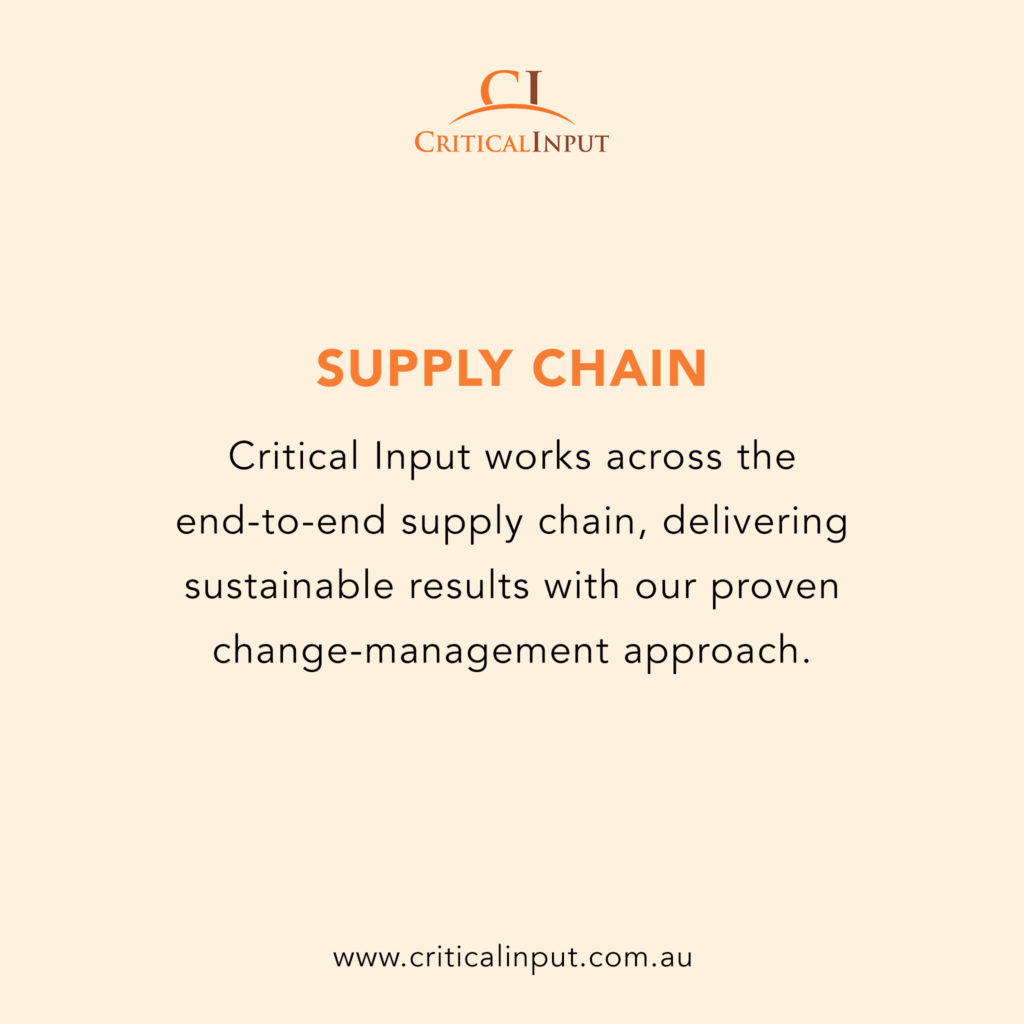Pandemic opens eyes to supply chain risks
There are certain things we’ve seen that we can’t “unsee” since the Covid-19 pandemic earned 2020 a solid place in the history books.
Some might be trivial, such as the contents of a co-worker’s living room caught via Zoom.
Others might be more significant, like the fact almost every industry has supply chains dependent on goods from offshore, whether that be parts, packaging, ingredients or finished products.
What have we learned?
There are lessons we have learned. One of those is supply chain fragility and the need for Australia to maintain supply chain sovereignty on essential items.
While shovel-ready mining and construction projects are urgently required to kickstart the economy, during post-Covid Australia, I’m predicting an increased focus on innovation, manufacturing and collaboration across disciplines to (as was headlined in the Weekend Australian, May 23-24, 2020) “Make Australia make again”.
I think there’s going to be a convergence between private and public sectors in a way we may never have seen before as government incentivises private corporations to manufacture. The fact that we’ve seen a decline in manufacturing during the past 40-50 years could actually be used to our advantage as it gives us freedom to be strategic about what we focus on, without the burden of holding onto outdated industries.
Epidemiologists had warned about a possible pandemic, but now that it’s happened, how will we plan our future supply chains? How will we factor in pandemic risk with the knowledge we’ve gained?
Australia is smart and resource-rich – now what?
The pandemic has highlighted that Australia can still make stuff – breweries pivoted to hand-sanitiser while jeans manufacturers stitched personal protective equipment. And it turned out, for at least these items, they were still affordable.
We’ve proven when required, the vast majority of Australians can unite, cooperate, respect restrictions and adapt to new working arrangements. Even our kids stepped up to undertake distance education at short notice. As a result, Australia has fared better than most countries around the world. We’re a smart country, that’s rich in resources and is a food bowl for much of Asia. We also make great wine.
What else could we make in Australia? From a mining perspective, our resources are known for being the best. Is it time we started to turn our coveted raw materials into more complex products? What are these products? Electric vehicles? Pharmaceuticals? Data warehousing? Solar panels? Wind turbines?
What will the future look like?
The “Made in Australia” movement is having a moment, but the key for this to be sustainable is innovation balanced with affordability. Could we pass on cost-savings locally on energy and raw materials to provide us with a competitive advantage? Are there ways for us to work smarter?
Perhaps the future is neither nationalism nor globalism. There’s also a concept called “glocalisation”, which is a combination of “global” and “local”. According to Wikipedia, the notion of glocalisation “represents a challenge to simplistic conceptions of globalisation processes as linear expansions of territorial scales. Glocalisation indicates that the growing importance of continental and global levels is occurring together with the increasing salience of local and regional levels”.
Technology enables greater collaboration on a global scale, but we may still choose to manage parts of the process locally to provide advantages in quality, control and security. An example we’re already seeing is the unification among the various researchers and doctors working toward treatments and vaccinations for Covid-19, while still engaging in local trials and studies.
The virus has shown us how connected we are, but it’s also uncovered supply chain risks we may never have realised existed within our own supply chains. What are we going to do with these insights?





